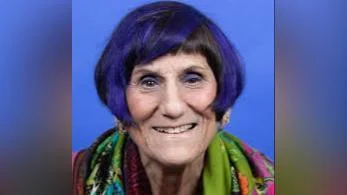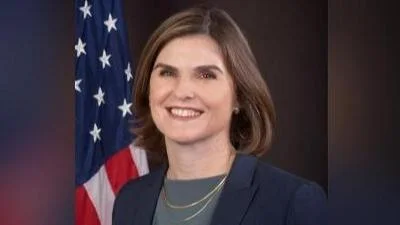Adobe Stock
Adobe Stock
Of the six subsidies provided, the largest was for Charles Dickinson, which received $1,035 for the claim of "Conservation Reserve Program Payment - Annual Rental".
The smallest subsidy provided to a Middlesex County farmer was $126 to Melissa Dziurgot.
There were 17 fewer subsidies than the year before, and the total value of the subsidies fell by $206,551.
Kimberly Amadeo of The Balance said farmer subsidies "help high-income corporations, not poor rural farmers. Most of the money goes toward large agribusinesses."
USDA data analyzed by the Cato Institute found that "farmers (on net) have derived almost 40% of their income directly from the U.S. government” in recent years.
The U.S. has provided farm subsidies since the Great Depression to assist farmers who weather price fluctuations and disasters to help maintain consistent farming across the country.
| Farmer | $ Received | Reason for Subsidy | Total Received in Subsidies by Farmer ($) |
|---|---|---|---|
| Charles Dickinson | $1,035 | Conservation Reserve Program Payment - Annual Rental | $2,494 |
| Charles Dickinson | $833 | Conservation Reserve Program Payment - Annual Rental | $2,494 |
| John Braselton | $651 | Coronavirus Food Assistance Program 3 - Targeted Assistance for Specific Commodities | $837 |
| Charles Dickinson | $626 | Conservation Reserve Program Payment - Annual Rental | $2,494 |
| John Braselton | $186 | Price Loss Coverage Program | $837 |
| Melissa Dziurgot | $126 | Coronavirus Food Assistance Program 3 - Livestock and Poultry | $126 |



 Alerts Sign-up
Alerts Sign-up